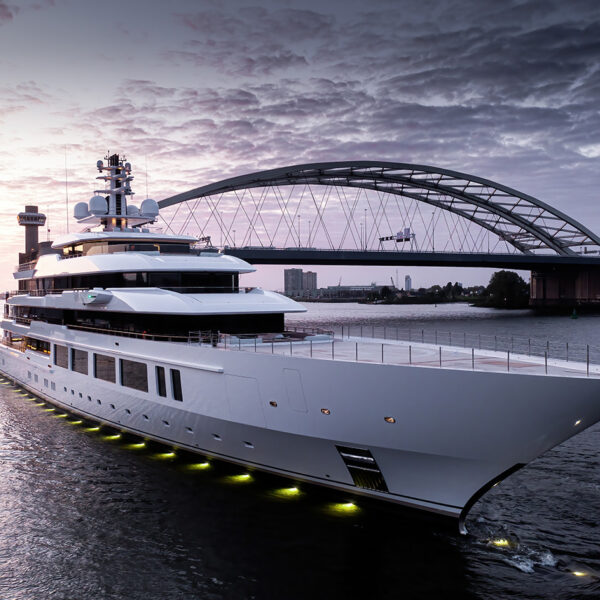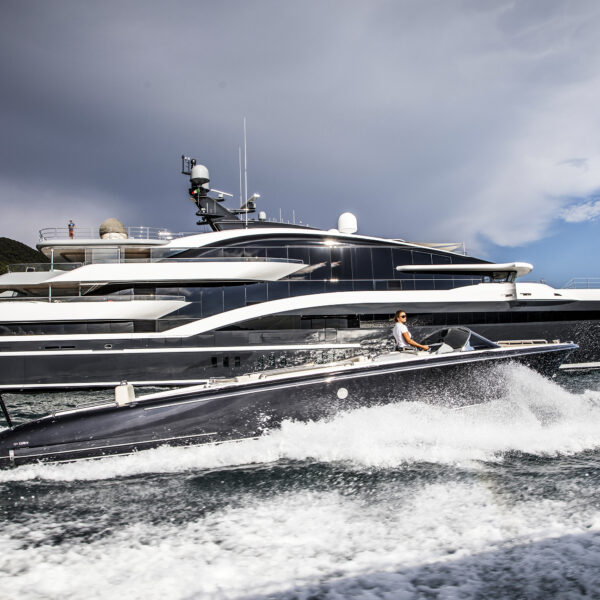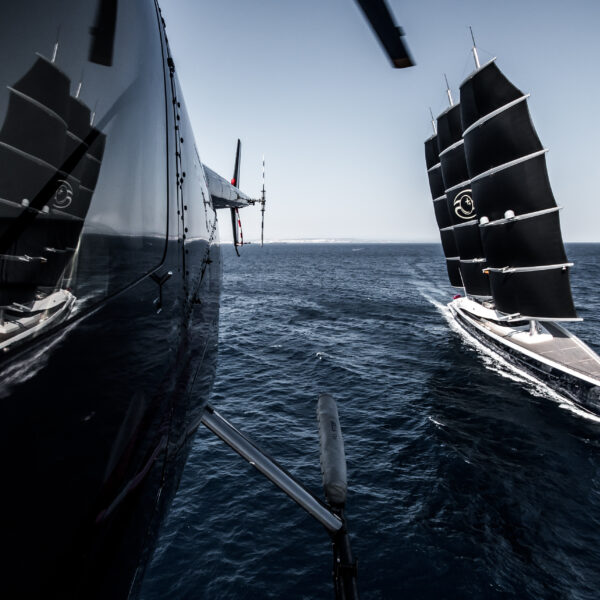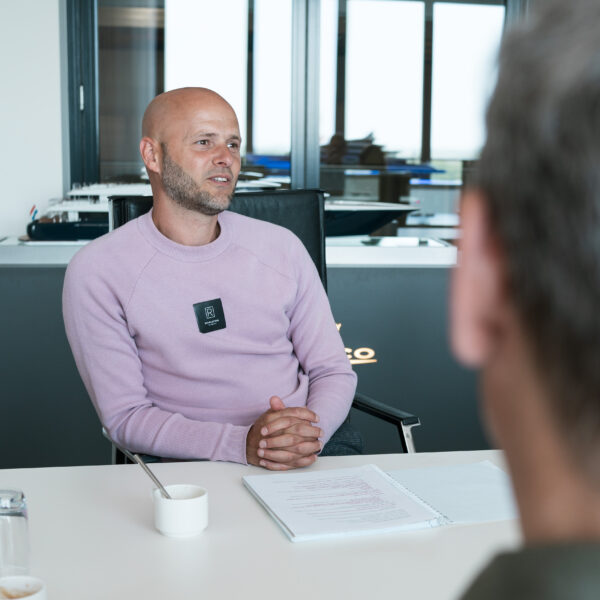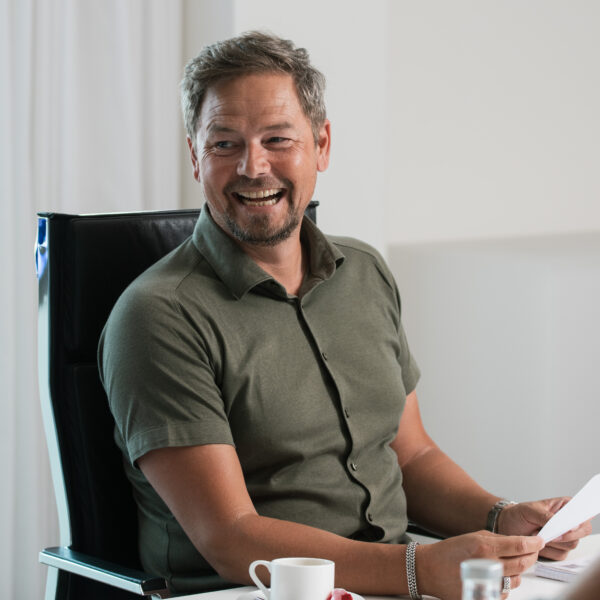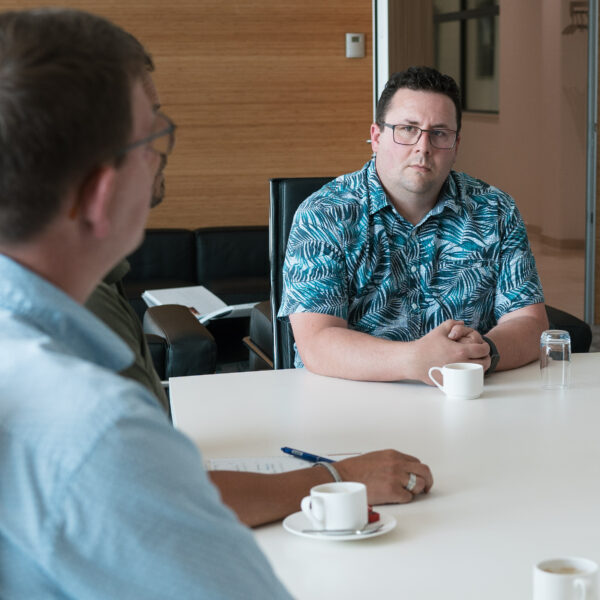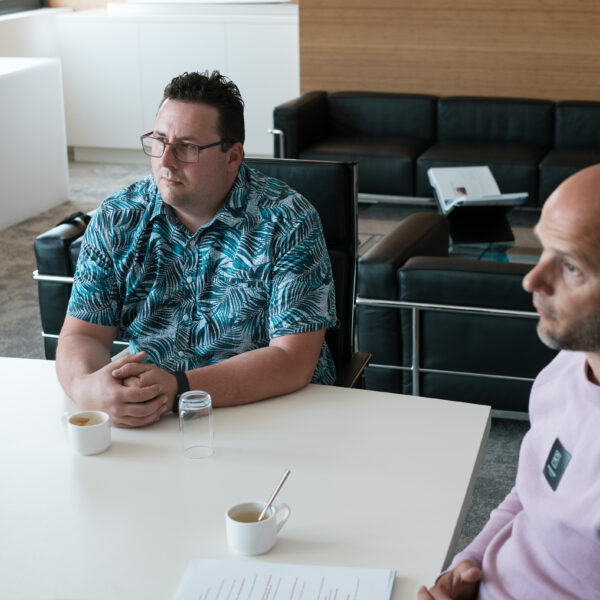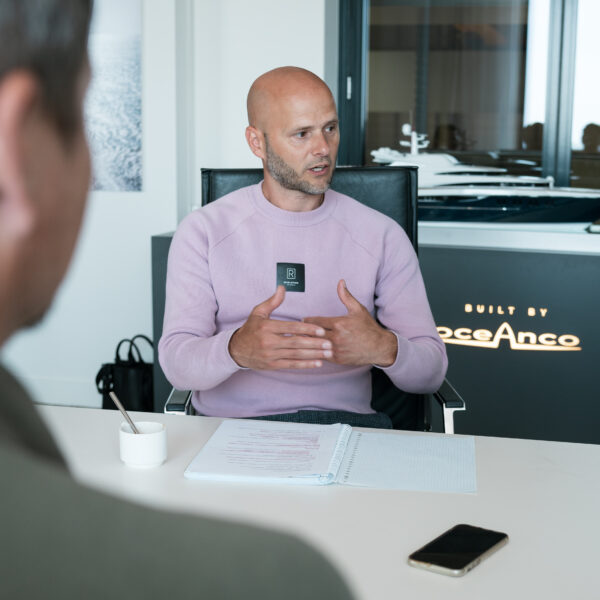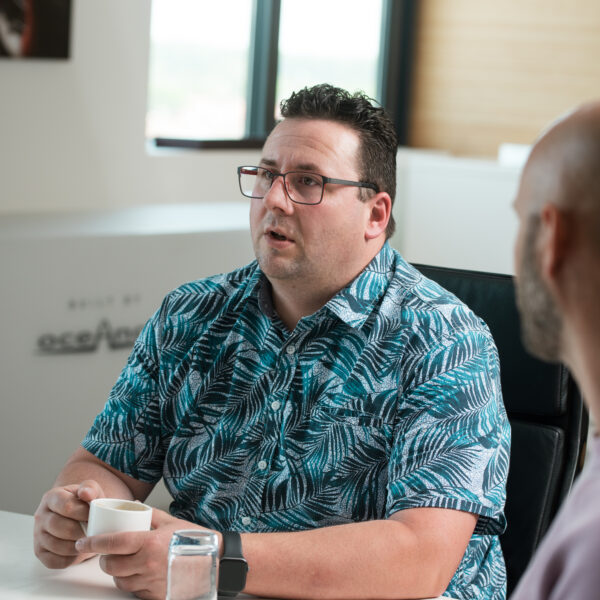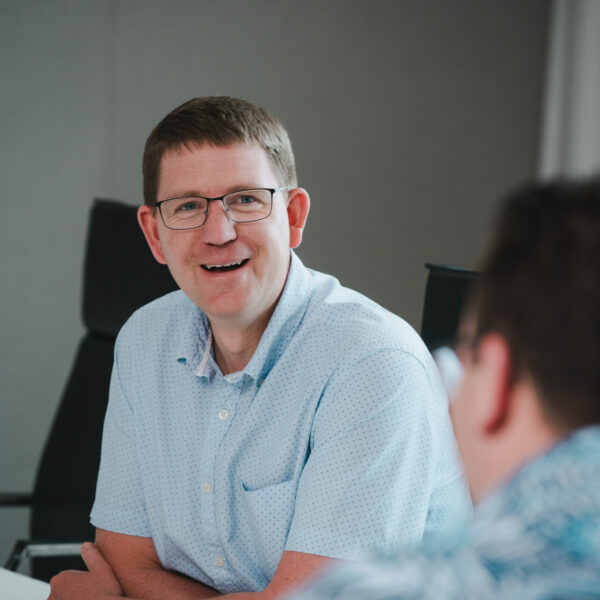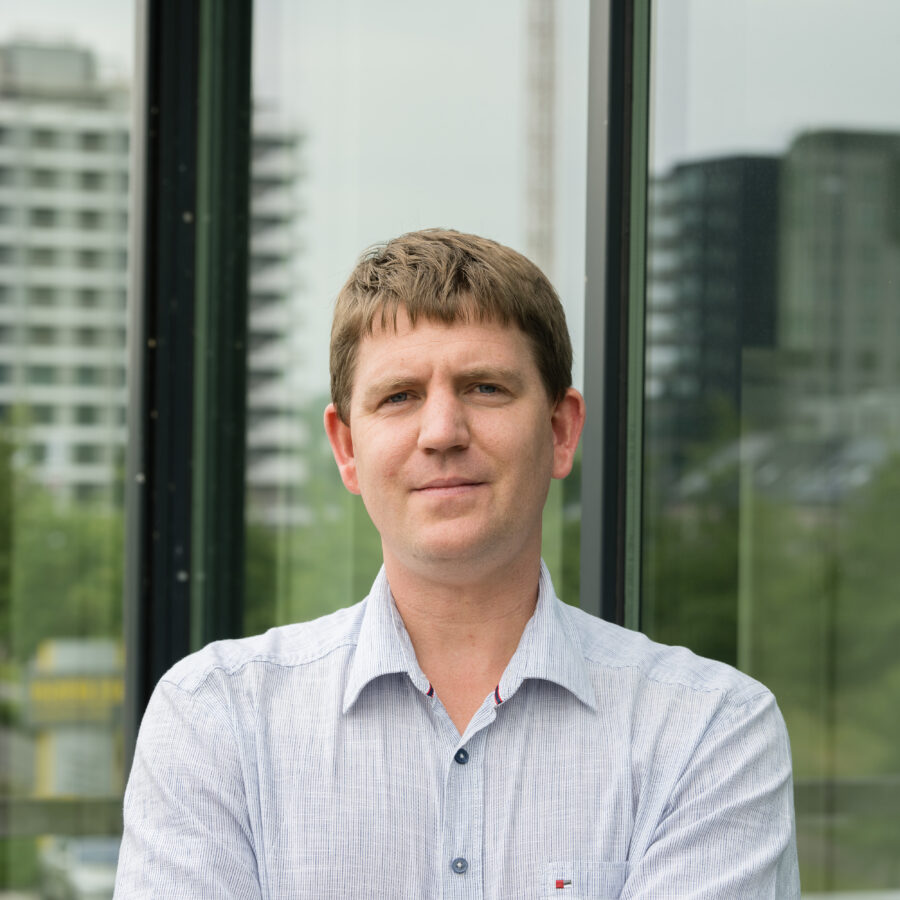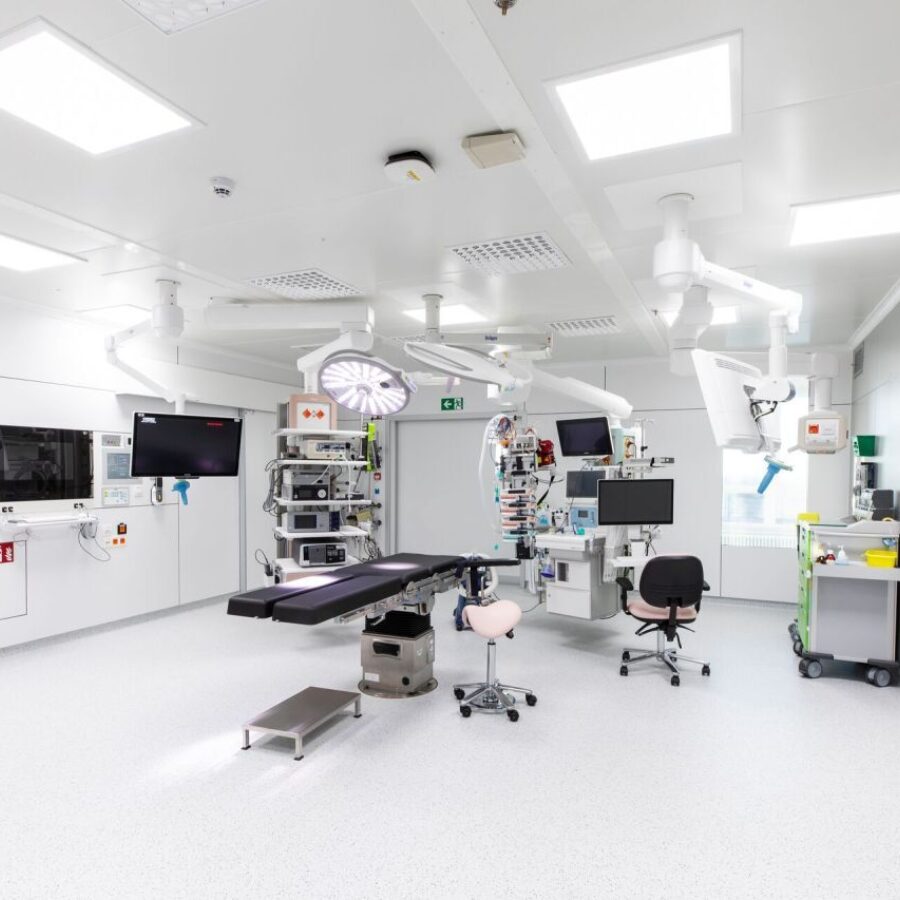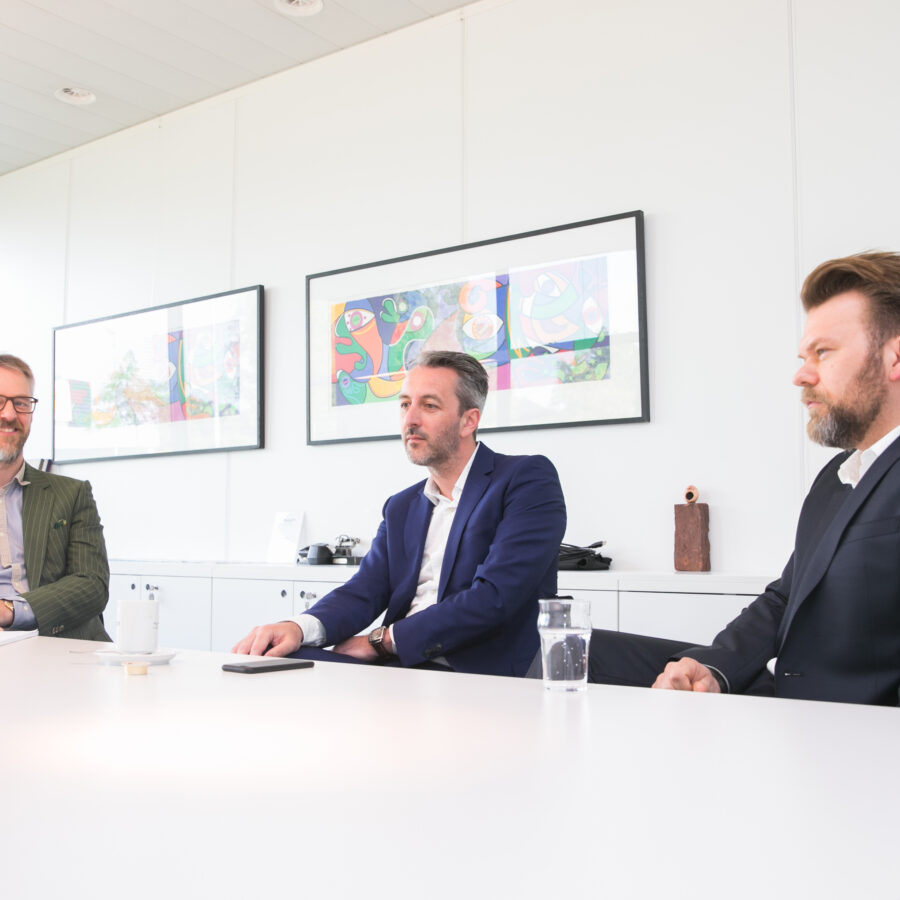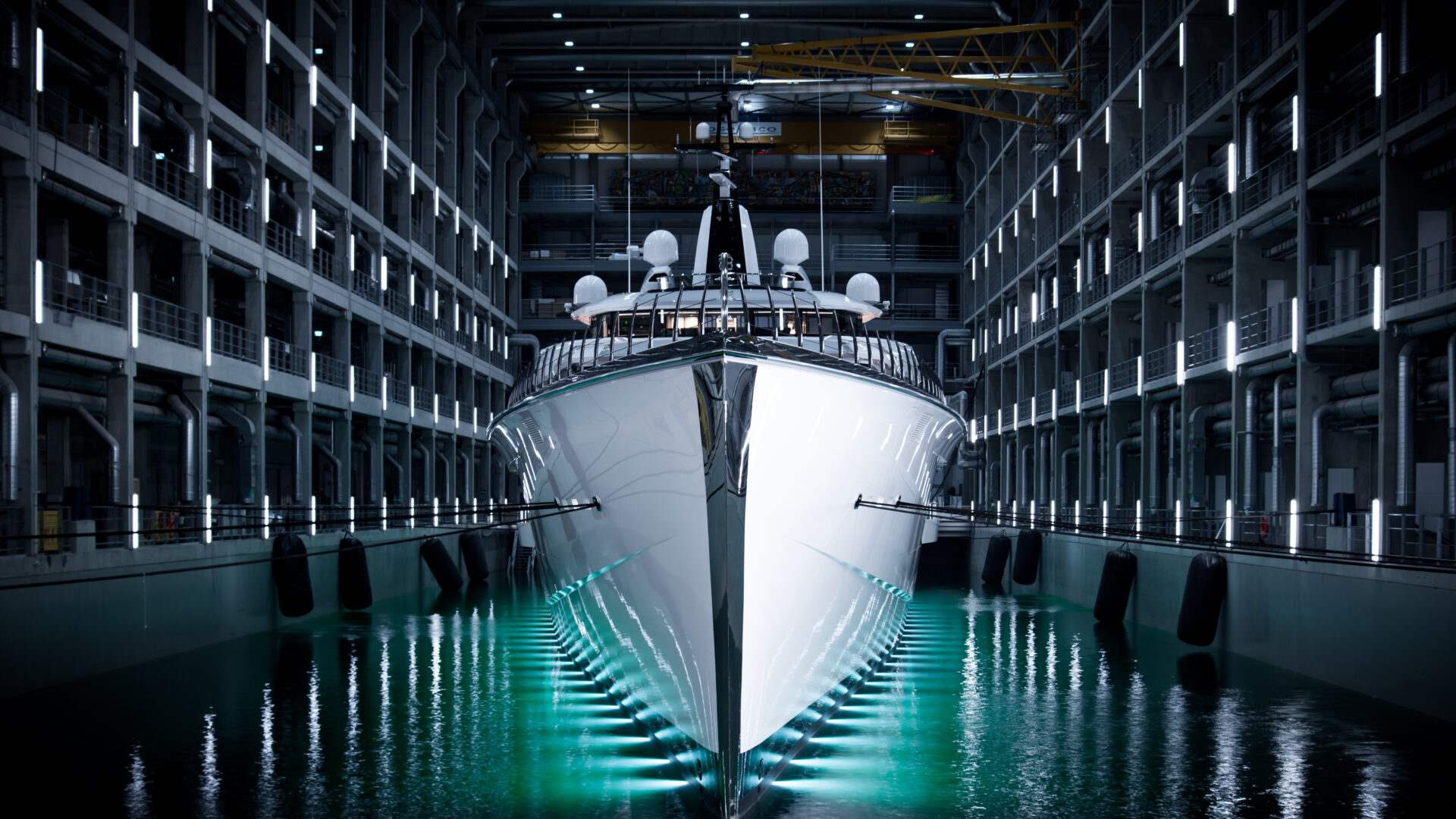
Oceanco & MULTI.engineering: a successful partnership in the world of yachting
Oceanco and MULTI.engineering: on the same wavelength
The co-makership between the Dutch yacht builder Oceanco and MULTI.engineering goes back many years. We take a closer look at a fascinating and inspiring partnership, both past and future. With, around the table for Oceanco: Noël Versteeg, Engineering Project Manager, and Sander van der Linden, Technical Expert and Team Leader. And, representing MULTI.engineering: Dieter Hoeterickx, Maritime & Offshore Design & Engineering Manager, and Dennis van der Sluis, Team Leader.
Oceanco has been building yachts for more than 35 years. The combination of highly personal service and extensive expertise in the field of outfitting, construction, piping, systems, electrical and interior, results in yachts that excel in high-tech solutions, innovative design and extensive customisation. MULTI.engineering is a co-maker in the areas of piping, mechanical and construction. Some notable examples are the Infinity, the largest yacht in the Netherlands at the time of delivery, the Black Pearl, a pioneer in the field of sustainability that can cross the Atlantic Ocean without using fossil fuel, the DAR, which has an all-glass superstructure of almost 400 m², and the Bravo Eugenia, the first LIFE Design yacht with 30% improved fuel efficiency.
How it all began…
Oceanco and MULTI.engineering first came into contact at Zwijnenburg Shipyard, which called upon MULTI.engineering's services for the hull construction for Oceanco. Pharos, which later became part of MULTI, was already working on piping assignments for Oceanco at the time. Once MULTI.engineering started working directly for Oceanco, the business relationship between the two companies systematically grew.
From supplier to co-maker
A milestone in the collaboration is without a doubt the moment when Oceanco switched to a best value approach or co-makership, a way of collaborating in which the supplier takes the lead in a project and can optimally demonstrate what it has to offer. For the client, such an approach means that it partly relinquishes control – for the contractor, that it takes on more responsibilities. The goal is always a partnership in which all parties involved can create maximum added value.
For MULTI.engineering, the new approach would bring about significant change, both in terms of scale and scope of the collaboration. Dieter: "With mega assignments where the combination of construction, piping and outfitting results in projects of up to 70,000 engineering hours, our lines of communication with Oceanco expanded to all company levels, from senior management to project managers. Larger project structures emerged that required much more oversight and coordination. And it quickly became clear that MULTI.engineering could take a lot more initiative there, which we were very happy to do, just like today."
For the piping assignments, for example, MULTI is not only responsible for the design, but also for the coordination with the installation companies. Dennis: "This means that a joint scope is defined, schedules are coordinated and all tasks are clearly delineated. The direct lines of communication between experts ensure that the processes run smoothly, without Oceanco having to be systematically involved."
Sailing on the same course
What brought MULTI.engineering into the picture for the best value approach? Noël: "When you start scaling up, you look for permanent partners who can combine knowledge and capacity to collaborate more intensively. We'd had positive experiences with MULTI.engineering in the past and a good connection on a business and personal level. In terms of thinking, we're on the same wavelength, we understand each other's processes and way of working. If you give a company like that the necessary freedom, it can be of tremendous value."
Sander: "The engineers and draughting specialists at MULTI.engineering have the necessary expertise and skills, they take responsibility for their work and are willing to share their knowledge. That's important for us and for our owners. It's great that we can let the owners' teams benefit from the expertise of reliable, professional partners."
Although it's always quite difficult to get all the experts involved on the same page when you're building a custom yacht, Noël readily admits. "You can work on all kinds of things in a mono environment, but ultimately, they have to be integrated into a ship. Our job at Oceanco is to find a good balance there with our owners."
Proactivity and a good match
MULTI.engineering's proactive attitude is also highly appreciated. Noël: "It's impressive how, as an engineering company, they take the initiative in our project plans and manage the collaboration with the production parties." Dennis: "That's true. We make an effort to initiate many tasks ourselves, such as organising reviews and maintaining action lists, in the interests of the project."
In addition to understanding each other's work, there's also a real social, personal click between the employees of our teams, Noël notes, and he believes that that really makes a difference. Dieter: "Among other things, it has a major effect on communication, which is very open and transparent. There's room for positive and negative feedback, because we know that any critique is only given with the best intentions, and that only makes processes better. We can talk openly about the strengths and weaknesses within our organisations, and then combine our competencies in the best possible way."
Noël: "If things are not going well, it will be mentioned and MULTI.engineering will always look for solutions. Admitting that something is not going as expected or that you're stuck on certain issues is very powerful and valuable in a business relationship. As far as I'm concerned, that only makes the mutual bond stronger."
Speaking of communication, there's always a huge amount of it on a large project. Around 80,000 documents are processed and there's also a lot of email traffic. At peak times, a project team consists of approximately 40 employees from Oceanco and about 20-30 from MULTI.engineering. In total, as many as 300 people can be involved in the engineering of a ship.
The future of yachting: mindful sustainability and challenges
What does the future hold for the yachting sector? At Oceanco they currently sense a certain caution in the market. Noël: "Up until a few years ago, yachts were getting bigger and bigger, but that trend now seems to have reversed. And there's more attention to sustainability. Owners increasingly want a combination diesel-electric drive, for example."
One of the biggest challenges for the future at Oceanco is to continue to work consistently as a company with the complex puzzle of different teams, parties and owners, and to always look for improvements. "In that respect, it's important to find sufficient capacity with the necessary knowledge and keep it on board, so that the lessons learned can be taken into account and there can be an even better approach to new projects. Finding the right balance between capacity and knowledge is quite difficult. There's no easy solution. In addition, anyone who works on a yacht has to have a great eye for aesthetics and has to take into account that what he or she does has many overlaps with other disciplines. Because at the end of the journey everything has to come together beautifully in the ship. So, we're looking for people who see the broader picture and have an above-average level of knowledge."
Setting course for innovation together
"There's a lot more engineering going on today than about 15 years ago," says Dennis. "This is first of all because the projects are becoming larger and more complex with quieter engines, more features and equipment in more compact spaces. This also means more wiring, different ventilation, etc. and all of that has to be modulated. In addition, production is asking for more and more things to be worked out in advance at the engineering table."
Sander: "You also often see that owners change and add all kinds of things on board during the process. Then it's useful to translate these matters back into the 3D model and immediately confirm them with the customer. There are fewer and fewer differences between the model that's completed and the ship that ultimately gets built. As-built being equal to as-engineered, that's where we have to go in the long run. Extensive and accurate documentation also makes the follow-up process more predictable, allowing it to be tackled in a more structured way. It's also useful for future maintenance and refits."
Experiments are also being conducted with artificial intelligence. Noël: "For example, you can use virtual reality to show what a yacht will look like. And here again: the sooner it becomes clear to the customer what the result will be, the easier the production process becomes."
Noël: "For various reasons, the number of engineering hours has increased enormously in recent years. And that trend looks set to continue for a while. We ensure that everything an engineer does ultimately benefits production and therefore offers added value for the customer. That's why we're confident that the close collaboration with MULTI.engineering is here to stay."

